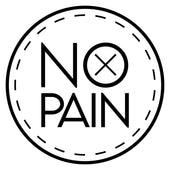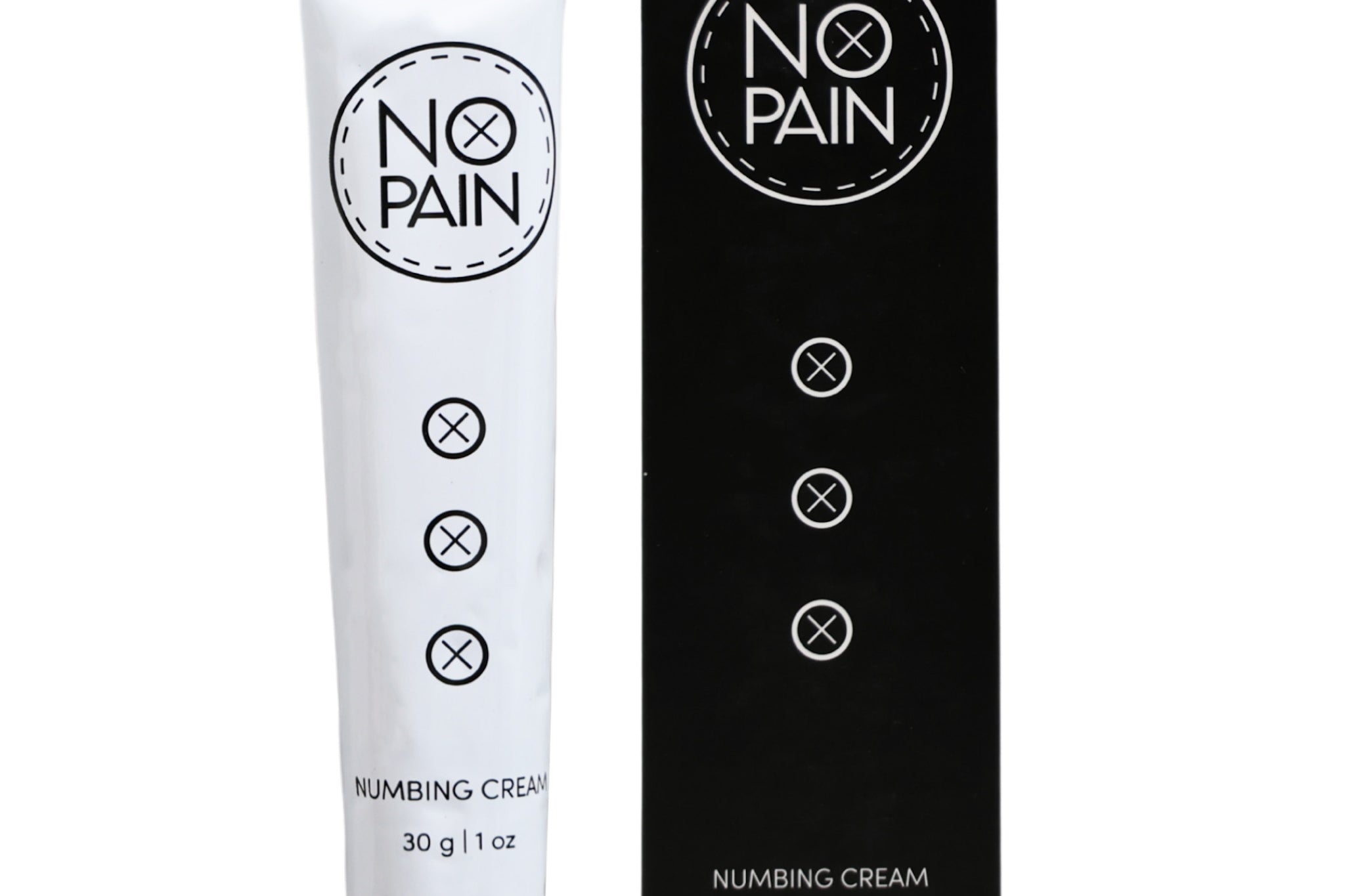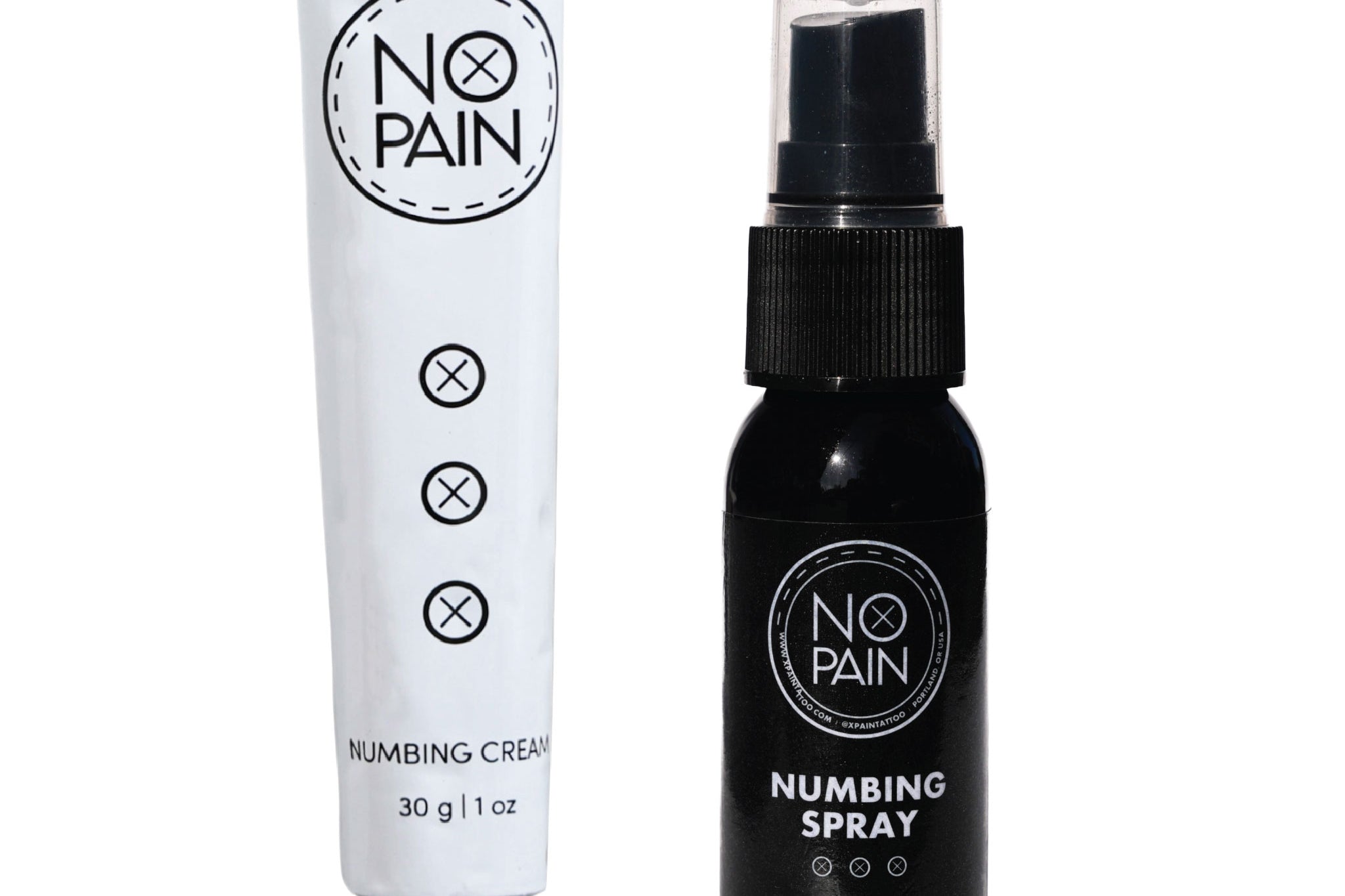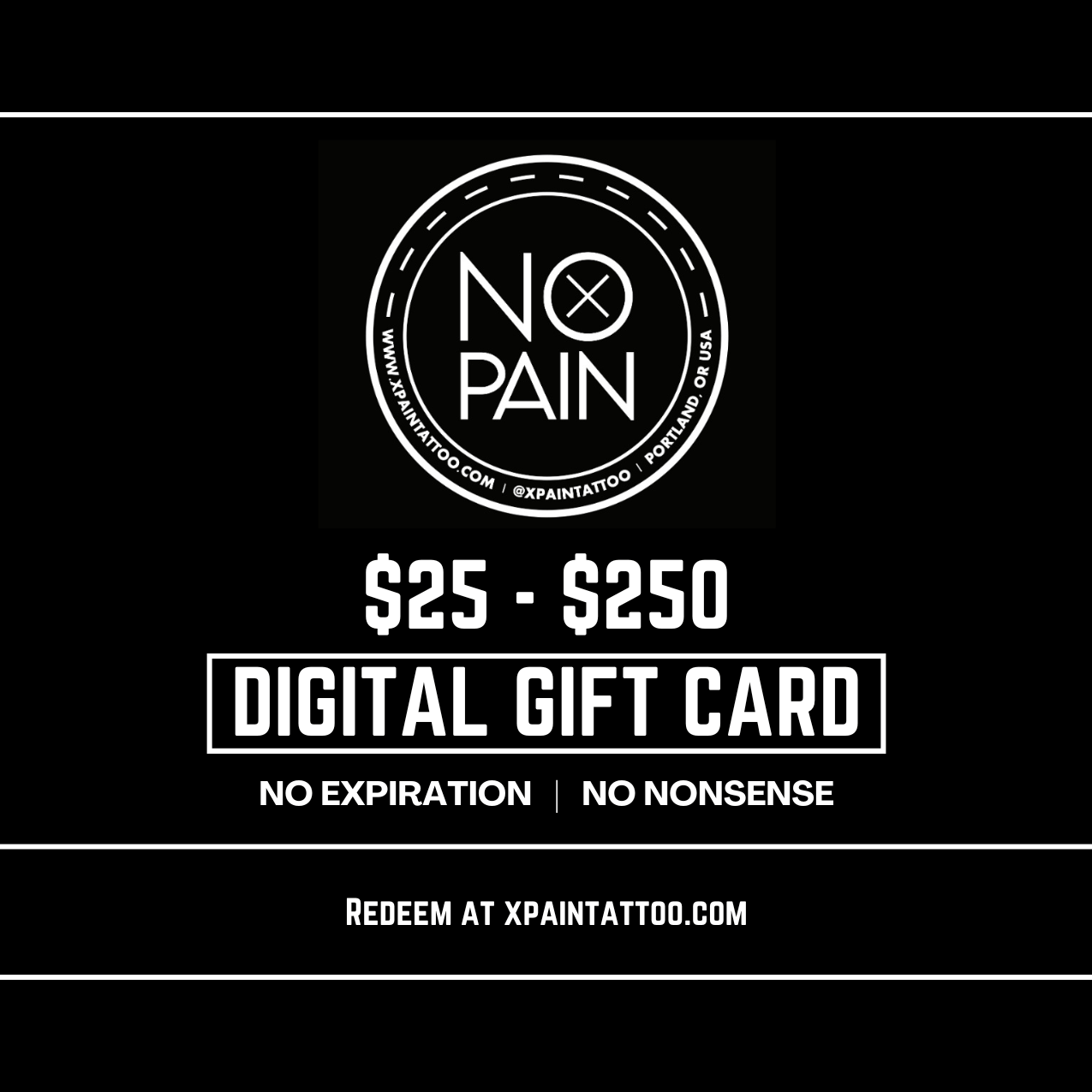It’s a beautiful weekend in Portland, and as we enjoy the last of the summer weather, many of us are thinking about body art. For a huge number of people, a common and deeply personal question comes up when planning a new piece on areas like the stomach, hips, or arms: "Can you tattoo over stretch marks?"
Whether from growth spurts, pregnancy, or changes in weight, stretch marks are a completely normal part of life. And if you're hoping to cover them with a beautiful piece of art, we have good news: in most cases, the answer is yes, you absolutely can.
However, stretch marks are a form of scar tissue. Tattooing over them is a specialized skill that requires more planning, care, and expertise than a standard tattoo. This is your complete guide to the process, the challenges, and how to get the best possible result.
Disclaimer: This guide is for informational purposes. If you have significant or painful stretch marks, it's always a good idea to consult with a dermatologist before deciding to get a tattoo.
Understanding Your Canvas: The Two Types of Stretch Marks
A stretch mark is a type of scar that develops when our skin stretches or shrinks quickly. It’s crucial to know which kind you have.
-
New Stretch Marks (Striae Rubra): These are fresh marks. They are typically red, pink, or purple and may be slightly raised and itchy. You cannot and should not tattoo over new stretch marks. They are still in an active healing phase, and the skin is too fragile.
-
Old Stretch Marks (Striae Alba): These are fully healed and matured scars. They have faded to a silvery, white, or skin-toned color and are often slightly indented. These are the only type of stretch marks that are suitable for tattooing.
The First Rule: Patience is Non-Negotiable
Just like any other scar, stretch marks must be fully healed and matured before an artist can work on them. You need to wait until they have completely faded from red or purple to their final whitish color. This process can take one to two years, or sometimes longer. Tattooing over immature stretch marks will be extremely painful and will result in a poor-quality tattoo that won't last.
The Realities of Tattooing on Stretch Marks
It’s important to go into this process with realistic expectations. Scar tissue is different from undamaged skin.
-
Ink Absorption: Scar tissue doesn't always absorb ink as evenly. The ink can sometimes "blow out" (blur) slightly in the stretch mark, or it may heal a bit lighter in those areas. A skilled artist knows how to work with this.
-
Pain Level: The skin of a stretch mark is thinner and can be more sensitive. For most people, tattooing directly over stretch marks is more painful than tattooing on the surrounding skin.
-
The Texture Will Remain: This is the most important thing to understand. A tattoo is ink in the skin; it is not a layer of paint on top of it. The tattoo will not erase the physical texture of the stretch marks. If they are indented, the tattoo over them will also be indented. However, a great design can masterfully distract the eye from the texture.
The Artist and the Design Are Key
Choosing the right artist is the single most important decision you will make. You must find a specialist who has proven experience tattooing over stretch marks and scar tissue. When you have a consultation, ask to see healed photos of their work on similar skin.
A great artist won't just place a random design on top of the marks; they will create a custom design that works with them. Designs with a lot of organic texture and flow are fantastic for this. Think flowers and vines, flowing water, animal fur, fish scales, or detailed patterns. These elements cleverly camouflage the underlying texture of the skin, using it to create even more depth.
Preparing for Your Session
Because you're working with sensitive, compromised skin, your preparation and aftercare routine are even more vital.
-
Pain Management: Given the increased sensitivity, our No Pain Tattoo Numbing Cream can make a huge difference. It numbs the area to make the session more comfortable for you and allows your artist to work more steadily on the challenging canvas.
-
Meticulous Aftercare: Scar tissue needs the best possible environment to heal. Our No Pain Tattoo Aftercare Bundle is perfect for this. The Cleansing Foam is gentle enough for sensitive skin, while the Soothing Gel and Aftercare Balm provide the deep, nourishing, and breathable moisture needed to help the compromised skin heal the new tattoo as vibrantly as possible.
The Verdict: Can you tattoo over stretch marks? Yes. It's a powerful and popular way to transform an area of your body you might feel self-conscious about into a beautiful work of art. The keys to success are patience, finding a true specialist, and committing to a perfect aftercare routine. By taking these responsible steps, you can confidently move forward with a tattoo that you'll love and be proud to show off.




